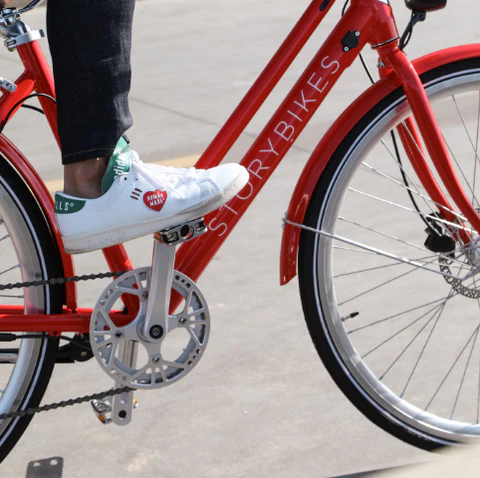One of the most exciting features of electric bikes is their pedal-assist systems (PAS). These systems engage the motor when you pedal, helping you go faster, farther, and with less effort than on a regular bike. While all e-bikes have some form of PAS, not all are created equal. Understanding the differences between types can help you choose the right one for your needs. There are two main types of pedal assist systems: torque sensing and cadence sensing. Both send signals to the motor to provide assistance, but they do so in different ways. This affects how smooth your ride feels and how efficiently your battery is used. Learning about e-bikes can be overwhelming, especially if you're new to the scene. The technical jargon can confuse even the most curious riders. But don’t worry — we’re here to break it down and make it easy to understand. Whether you're looking for a daily commuter or an adventure-ready bike, knowing the difference between these systems will help you make an informed decision. In this guide, we’ll explore how cadence and torque sensing work, their pros and cons, and which might be the best fit for your riding style. Cadence sensing systems use a magnet attached to the crank arm. When you start pedaling, the sensor detects the movement and activates the motor. It acts like a switch — on or off — based on whether you're pedaling. Most cadence systems allow you to adjust the level of assistance manually, depending on your speed or terrain. The main benefit of cadence sensing is that it’s typically cheaper and easier to install. However, it’s not as responsive or smooth as torque sensing. These systems work best on flat ground and may struggle with hills or inclines. They also tend to be less energy-efficient since the motor engages only based on motion, not the actual force you're applying. Torque sensing is more advanced and often considered the superior option. Instead of just detecting motion, it measures the force you apply to the pedals. This allows the system to respond more naturally, providing extra power when you need it most — like when climbing a hill or accelerating. For example, if you start pedaling harder on an incline, the motor kicks in automatically. Once you reach flat ground, the assist adjusts accordingly. And if you're going downhill, the system may even reduce or stop assistance to save battery life. While torque-sensing bikes are usually more expensive, they offer a smoother ride and better battery efficiency. This makes them ideal for riders who plan to tackle varied terrains or want a long-term investment. The biggest difference between the two systems is how they respond to your pedaling. Cadence sensors activate abruptly, which can feel jerky or unnatural, especially on uneven surfaces. Torque sensors, on the other hand, react more smoothly and intuitively, matching your effort in real time. When it comes to battery life, torque sensing is more efficient. It only provides assistance when needed, whereas cadence systems can waste power by engaging unnecessarily. This means torque-based e-bikes often last longer on a single charge, especially if you're riding in hilly areas. If you're mostly riding on flat roads and don't mind a slightly less refined experience, a cadence-sensing e-bike could be a good fit. It's more affordable and simple to use. However, if you're planning to ride on varied terrain or want a more natural, efficient ride, torque sensing is the way to go. Torque sensing offers a better long-term value. It adapts to your riding style and fitness level over time, making it a smart choice for anyone serious about cycling. Plus, with improved battery efficiency, you'll get more out of every ride. Ready to upgrade your commute or start exploring? Our e-bikes combine modern technology with classic design to give you a smooth, safe, and enjoyable ride. We offer a variety of models — from step-through to road bikes — all built to last. And for every bike we sell, we donate one to a student in Zimbabwe. Explore our collection today and find the perfect e-bike for your lifestyle. If you have any questions, feel free to reach out — we're here to help you ride smarter, not harder. Stainless Steel Plates,Stainless Steel Sheets,ss Sheet,ss Sheets,ss Plate Shandong Rizhaoxin Metal Products Co., Ltd. , https://www.cysteelcoil.com
Cadence Sensing: What You Need to Know
Torque Sensing: A Smarter Ride
Torque vs. Cadence: Key Differences
Which One Should You Choose?